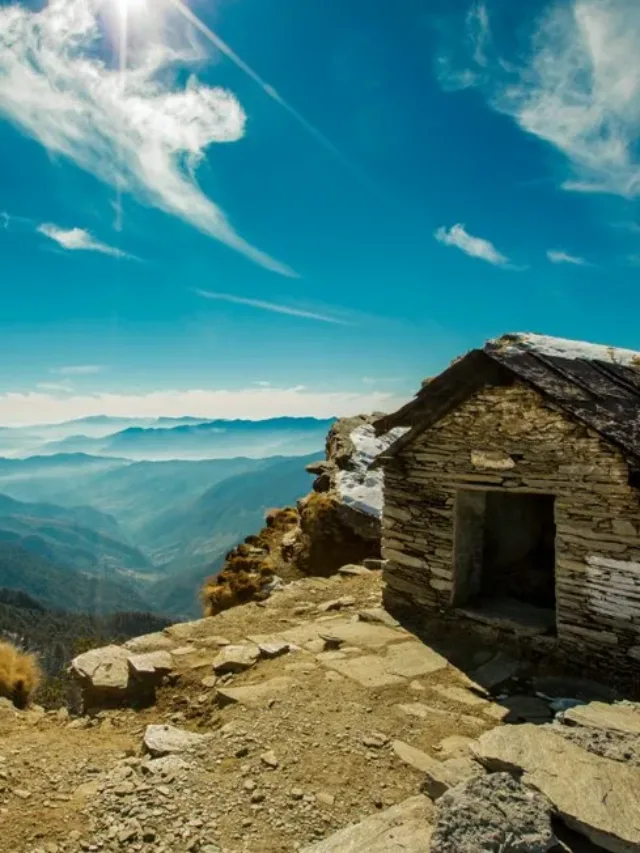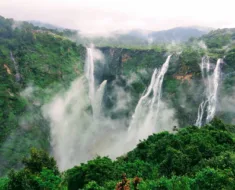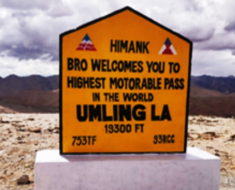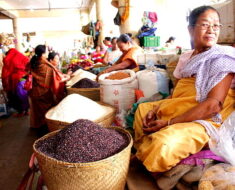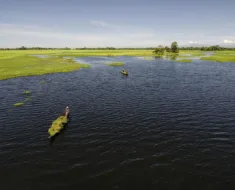The Thar Desert, also known as the Great Indian Desert, is the largest desert in India. It is an arid region in the northwestern part of the Indian subcontinent.
The name “Thar” comes from the word “thul”, which is what the local people call the sand ridges. It is the 18th-largest desert in the world and the 9th-largest hot subtropical desert in the world.
Location
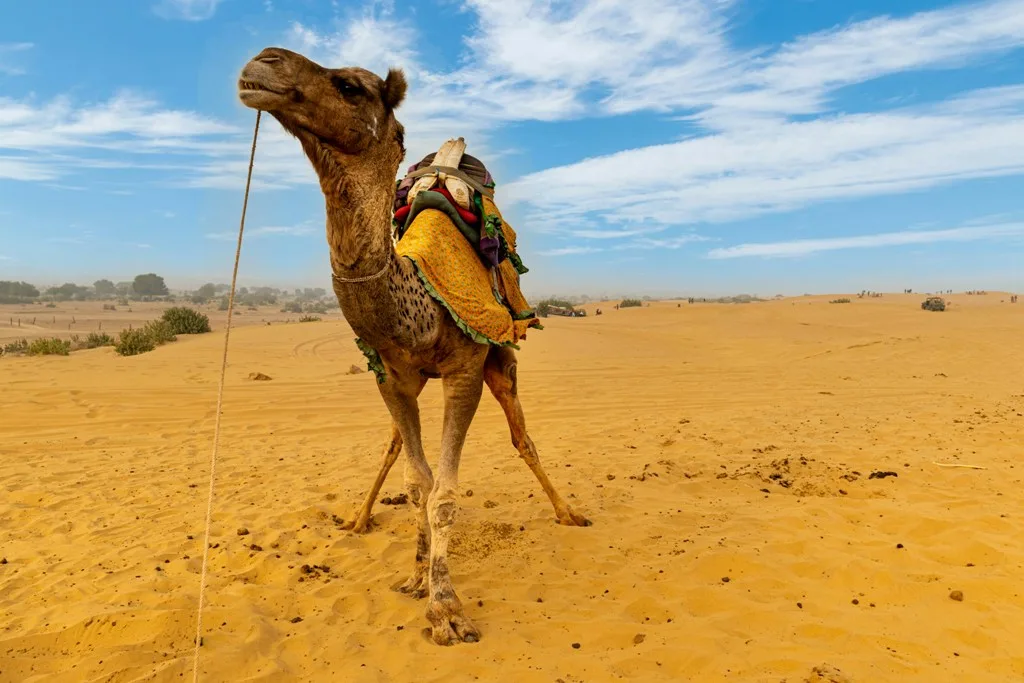
More than 60% of the Thar desert lies in Rajasthan and extends into Gujarat, Punjab, and Haryana. About 85% of the Thar Desert is in India, and about 15% is in Pakistan.
It covers an area of 77,000 sq mi (200,000 km2) in India and Pakistan.
Climate
It is referred to as the driest place in India, characterized by an arid and subtropical climate, with temperatures reaching extremes in both summer and winter.
In the summer, temperatures can reach up to 45–50°C; in the winter, temperatures can drop below freezing.
It has a very dry climate and the average annual rainfall is 10–50 cm, which usually occurs from July to September.
Sand dunes, rocky plateaus, and scrub vegetation characterize the desert terrain of Thar. Despite its challenging environment, various species of wildlife, including camels, desert foxes, antelope, and reptiles, have adapted to the harsh desert conditions
Population
It is the most densely populated desert in the world, with 83 people per sq km and almost 40% of Rajasthan’s population lives in the Thar Desert.
The region has a fairly diverse population but Rajasthani and Sindhi are prominent. These people have developed a unique way of life that revolves around the scarce resources of the region. Traditional mud and thatch huts, camels, and cattle are a common sight.
Agriculture and tourism are the major occupations in the desert and the Thar region of Rajasthan is the biggest wool-producing area in India.
Read More: 10 Magnificent Royal Palaces In India You Must Visit
Tourist Destinations in Thar Desert
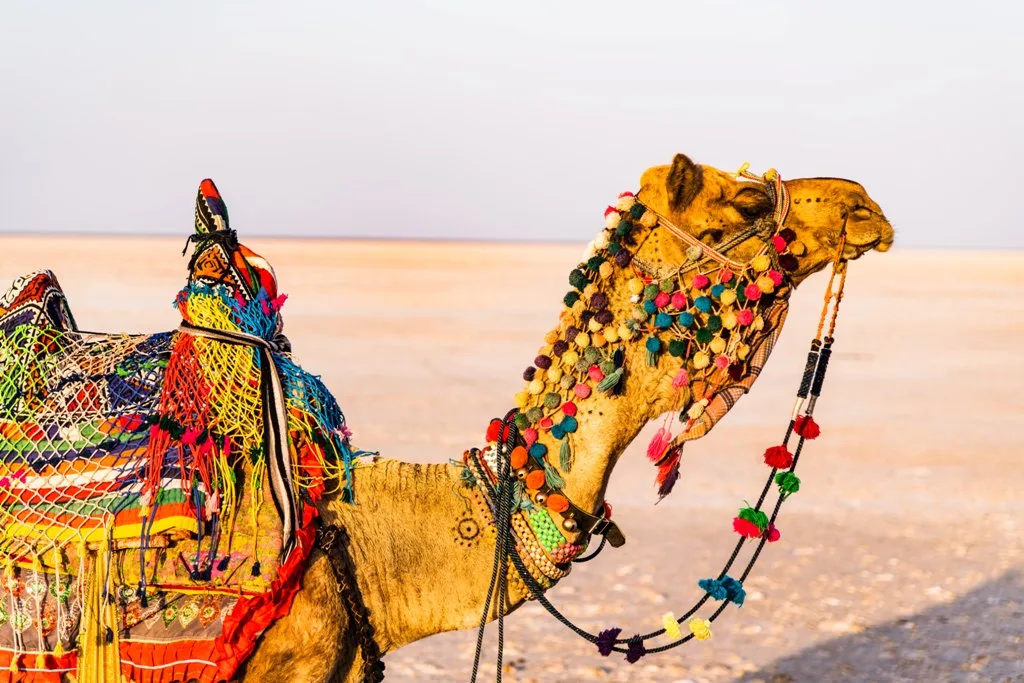
The Thar Desert, with its unique landscapes and rich cultural heritage, offers several tourist attractions for those seeking to explore this arid region. Here are some of the best places to visit in the Thar Desert.
Jaisalmer – The Golden City of Jaisalmer is known for its golden sand dunes, it is famous for desert camping and camel safari and the majestic Jaisalmer Fort – a UNESCO World Heritage Site.
Jodhpur – The Blue City, renowned for the Mehrangarh Fort and its distinctive blue-painted houses. Don’t miss the Umaid Bhawan Palace and Jaswant Thada
Bikaner – It is also home to forts, palaces, ancient temples and great local Rajasthani food. It is popular for one of the best breeds of riding camels in the world popularly known as the Camel Country and famous for the unique Karni Mata temple.
Pushkar – Situated around Pushkar Lake, this city is a major religious centre for the Hindus as it houses the only Brahma Temple in the world
Rann of Kutch – The vast salt desert of the Rann during the Rann Utsav festival offers stunning white landscapes and colourful cultural shots.
The Thar Desert is famous for its unique landscapes, shifting sand dunes in the Sam Sand Dunes, Cultural Heritage, Historic Forts, Festivals and Camel Safaris.
The best time to visit the Thar Desert is between October to February. The climate in the summer is extremely hot and unbearable for those who are not used to it.
Jodhpur, Bikaner and Jaisalmer are the largest and famous cities located in the desert.
The Luni is the largest river in the Thar Desert. It originates in the Pushkar valley of the Aravalli Range, near Ajmer, passes through the southeastern portion of the Desert, and ends in the marshy lands of Rann of Kutch in Gujarat



